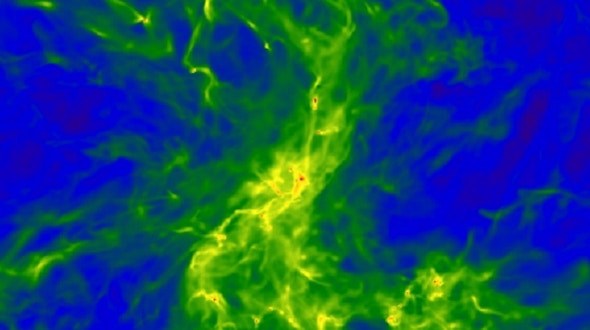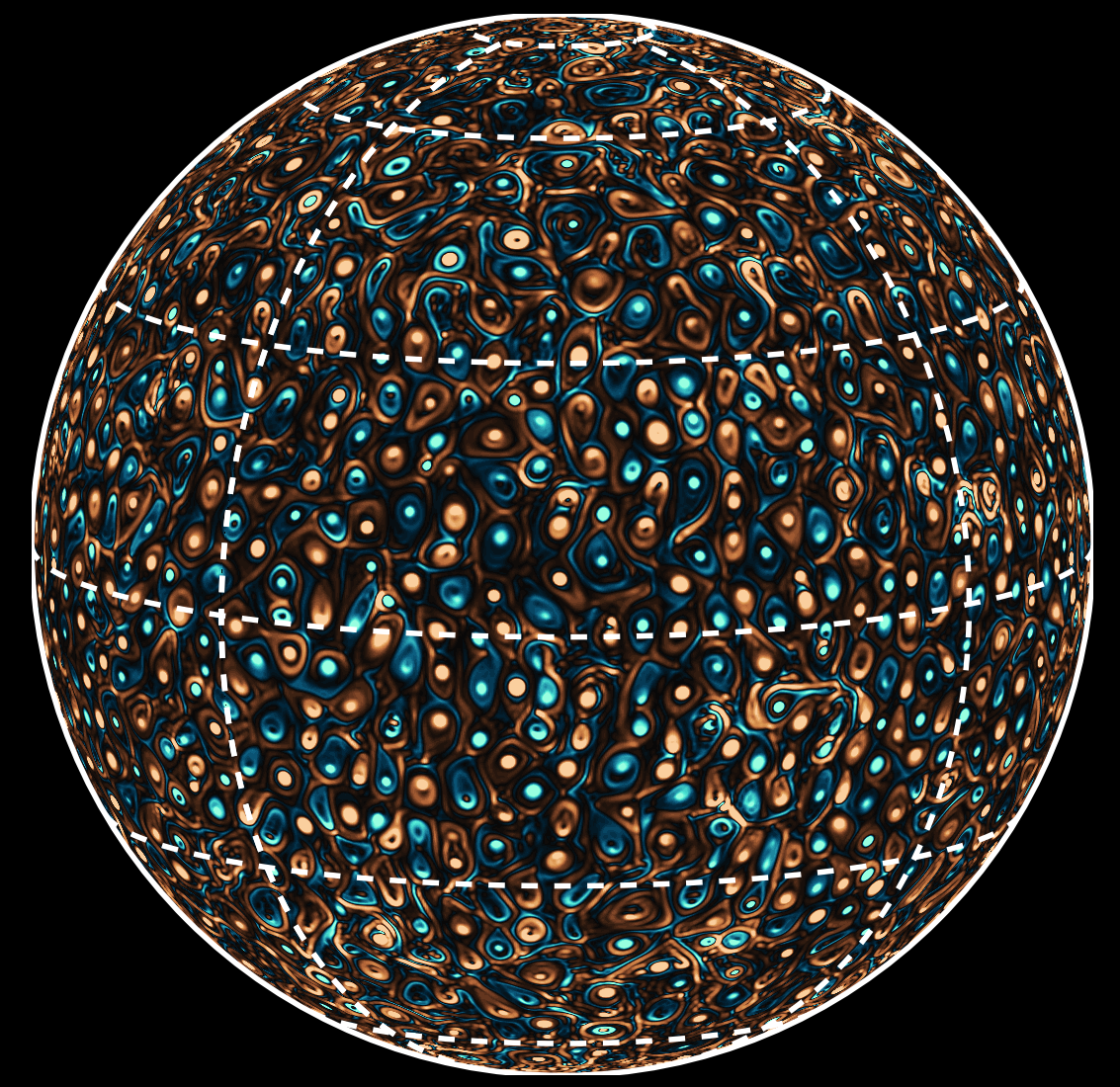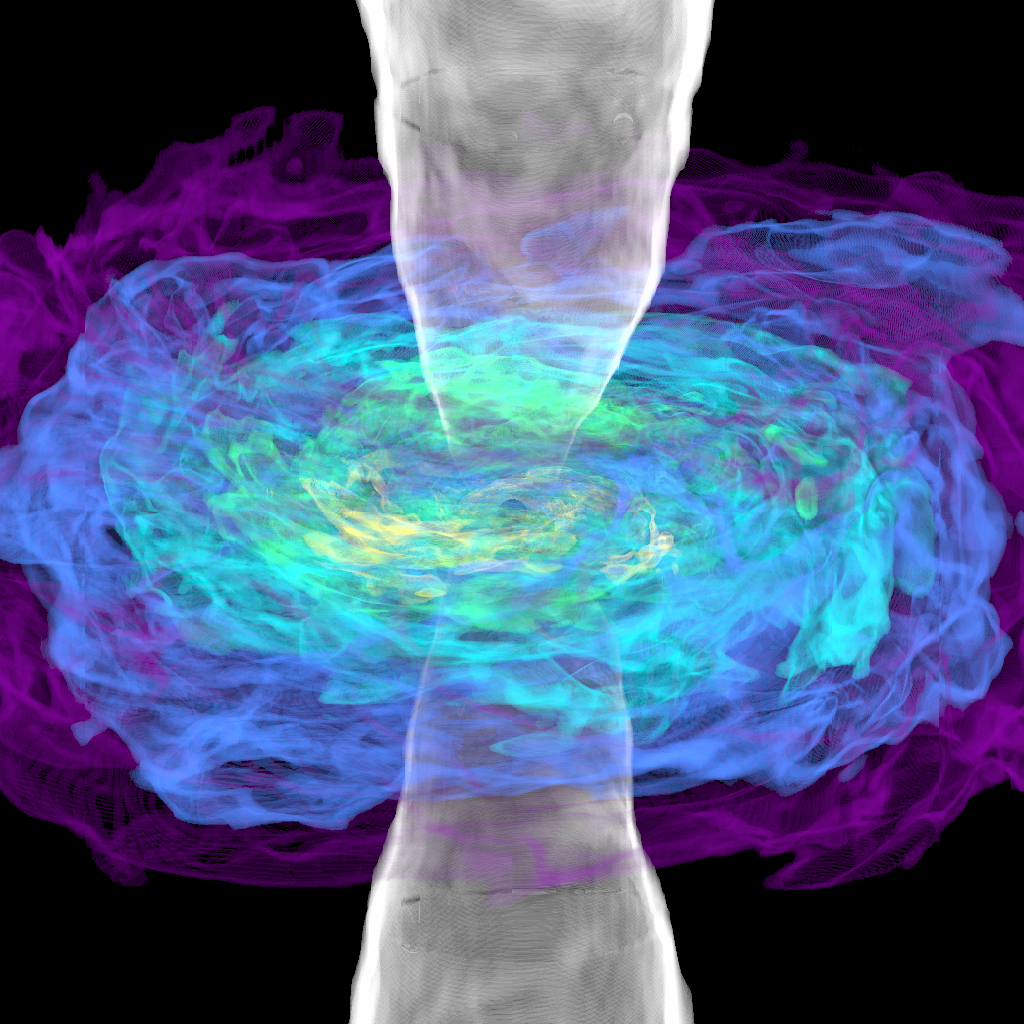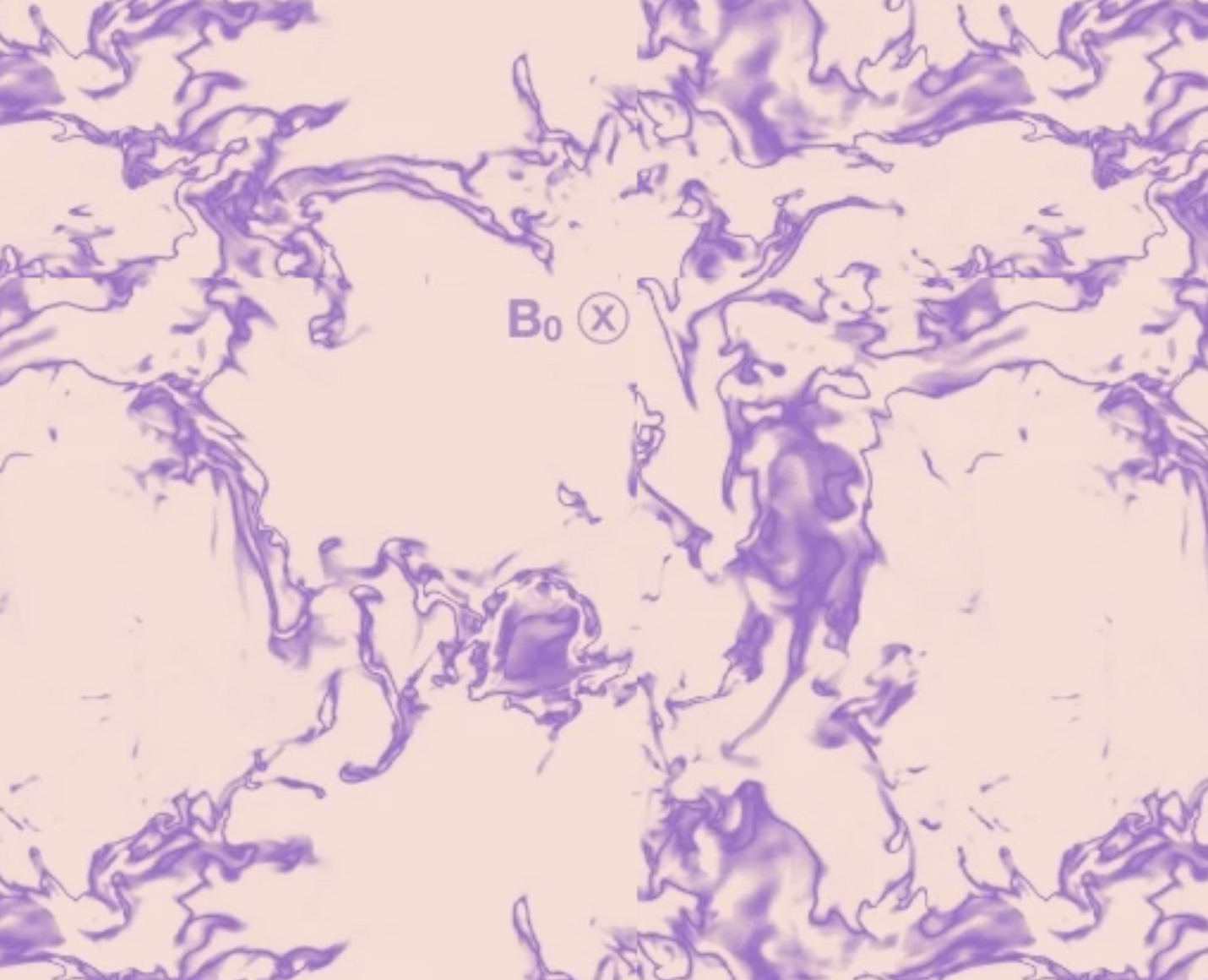Astrophysical Gases and Fluids

Astrophysical Gases and Fluids research at CCA is at the forefront of understanding the complexities surrounding galactic gas flows, stellar interiors, stellar atmospheres and magnetospheres, and accretion disks. Leveraging cutting-edge magnetohydrodynamic and kinetic particle-in-cell codes, CCA researchers delve deep into the multifaceted, multi-timescale and multi-wavelength signatures of astrophysical fluids.
Our approach is rooted in modeling astrophysical plasmas using both foundational principles and computational methods with an emphasis on comparison to observations. Current research themes include modeling interstellar shocks, galactic and extragalactic gas dynamics, star formation, magnetic reconnection, magnetic dynamo, interstellar turbulence, astrophysical plasma instabilities, the thermal and non-thermal emissions from pulsars, magnetars, and black hole accretion flows, and the launching, propagation and emission of relativistic jets in AGNs and gamma-ray bursts.
Subgroups
Plasma Astrophysics
The Plasma Astrophysics group investigates how fundamental plasma processes — e.g., those governing the transfer of energy from ultra-strong magnetic fields to energetic particles — can power the extreme properties of black holes and neutron stars. The group employs state-of-the-art general relativistic magnetohydrodynamic codes and kinetic particle-in-cell codes to study the multi-timescale, multi-wavelength and multi-messenger signatures of black holes and neutron stars. By modeling the plasma physics of high-energy astrophysical sources from first principles, we build self-consistent, falsifiable models of their observational manifestations. Group members currently work on the following: (1) the fundamental plasma physics of shocks, magnetic reconnection, turbulence and plasma instabilities; (2) understanding thermal and non-thermal emission of pulsars and magnetars, including their potential role as Fast Radio Burst progenitors; (3) tackling the global dynamics and the emission properties of black hole accretion flows, including Sgr A* at the center of our Galaxy; and (4) modeling the launching, propagation and emission of relativistic jets in AGNs and Gamma Ray Bursts. This group meets weekly on Tuesdays. For more information, please contact Lorenzo Sironi.

Astrophysical Disks and Jets
We study accretion disks and jets in various astrophysical systems using numerical simulations, analytical theory as well as observational data. This includes structures, spectra and variability properties of accretion disks around compact objects, jet launching and interactions of relativistic jets with surrounding gas, formation and evolution of protoplanetary disks as well as proto-stellar disks. We typically use multi-dimensional MHD simulations including various physical ingredients such as general relativity, radiation transport, chemistry, dust particle evolutions, as well as self-gravity to model these systems. For more information, please contact Yan-Fei Jiang.

Interstellar Medium
Scientists at the CCA have broad interest in interstellar medium dynamics and chemistry across different cosmic environments, from the local Milky Way ISM to high redshift galaxies. In particular, the CCA hosts a monthly Interstellar Medium Salon blackboard talk, which is widely attended by ISM researchers at NYC-area institutions. Active research areas include star formation, molecular H2 observations, 3D dust mapping, interstellar turbulence, magnetic dynamo and reconnection, and cosmic ray physics. For more information, please contact Blakesley Burkhart.



